What is Axe | What is Axe Made of | What is Axe Used for | What was a Hand Axe Used for in the Stone Age - in English | Spanish | German
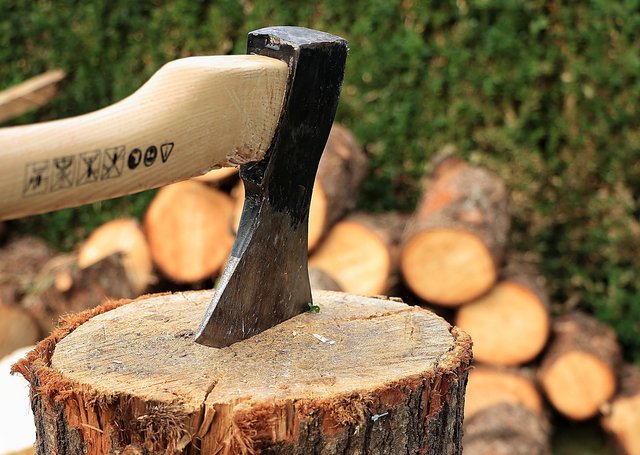
A handaxe has been a tool which has been in usage for thousands of years to mould, sever and pierce timbers, to harvest-timbers, as an instrument, and as a ritualistic mark. The handaxe is having countless shapes and specific usages yet normally comprises of a handaxe-head with a hand-grip, or helve.
However with the help of the bent hand-grip, any-degree of spinning is being managed by the hand of the chopper holding the bottom bend at the grasp. For that reason the original center line of central shaft is not passing along the head of the handaxe at all since the ten-degree curve of the bottom shaft has not been pointed in that aspect.
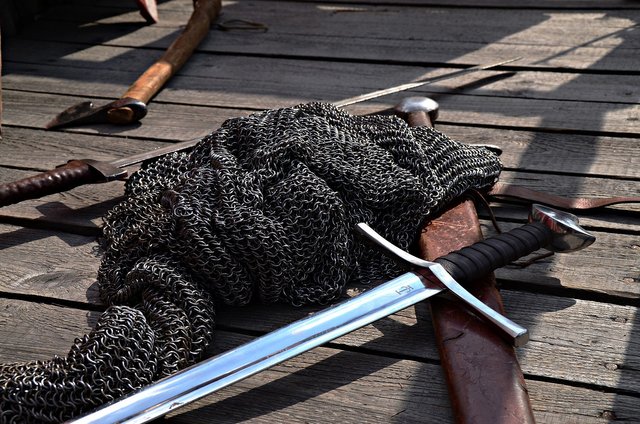
The handaxe has been a prehistoric and omnipresent instrument that had been in use for thousands of years to mould, divide and sever timbers, harvest-timbers, as a tool and a ritualistic or blazonry mark. The handaxe is having numerous shapes and specific usages but normally comprised of a handaxe-head with a hold, or hand-grip.
The typical timber used to create handaxe hand-grip has been Yankee acacia-hickory. Acacia-hickory has been utilized because of its blend of sturdiness and agility. Its toughness permits the timber to get huge lattice with no breaking or splitting.

The tomahawk had been possibly the famous weapon of the paleolithic-age. Tomahawk ( axe ) was best-used for piercing and hunting grounds. Exclusively, the pre-historic tomahawk of the chalcolithic -age antedates most, except every-other devices. To create sharpened edging on these tomahawk, hard-stones were flaked in order to chip-away at it.
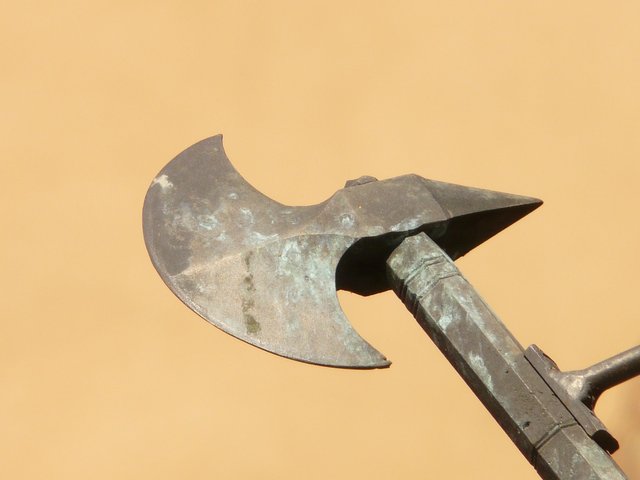
Un hacha de mano ha sido una herramienta que se ha utilizado durante miles de años para moldear, cortar y perforar maderas, para cosechar madera, como instrumento y como marca ritual. El hacha de mano tiene innumerables formas y usos específicos, pero normalmente se compone de una cabeza de hacha de mano con una empuñadura o yelmo.
Sin embargo, con la ayuda de la empuñadura doblada, cualquier grado de giro se maneja con la mano del picador que sostiene la curva inferior en la empuñadura. Por esa razón, la línea central original del eje central no pasa a lo largo de la cabeza del hacha de mano en absoluto, ya que la curva de diez grados del eje inferior no se ha señalado en ese aspecto.
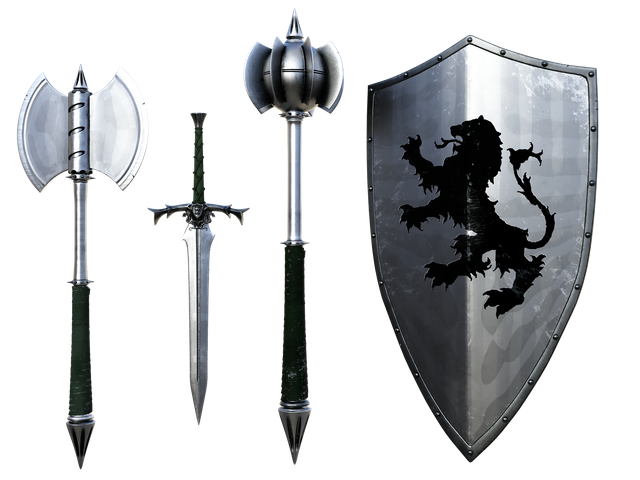
El hacha de mano ha sido un instrumento prehistórico y omnipresente que se había utilizado durante miles de años para moldear, dividir y cortar maderas, maderas de cosecha, como herramienta y marca ritual o blasonada. El hacha de mano tiene numerosas formas y usos específicos, pero normalmente se compone de una cabeza de hacha de mano con un agarre o empuñadura.
La madera típica utilizada para crear la empuñadura de hacha de mano ha sido la acacia-nogal yanqui. La acacia-nogal se ha utilizado debido a su combinación de robustez y agilidad. Su dureza permite que la madera obtenga una gran celosía sin romperse ni partirse.
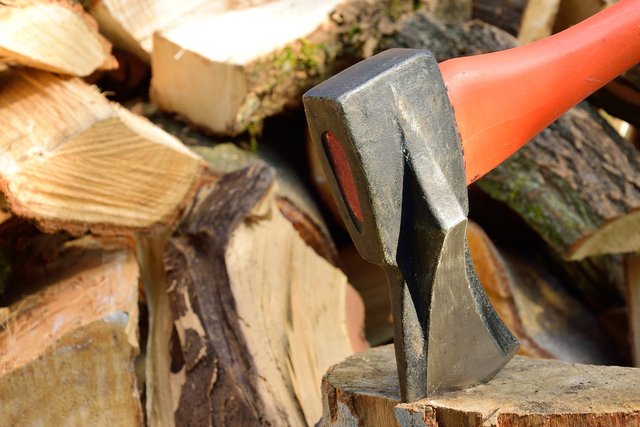
El tomahawk había sido posiblemente el arma famosa de la era paleolítica. Tomahawk (hacha) se usaba mejor para perforar y cazar. Exclusivamente, el hacha de guerra prehistórico de la era calcolítica es anterior a la mayoría, excepto a todos los demás dispositivos. Para crear bordes afilados en estos tomahawk, se descascaron piedras duras para descascarillarlas.
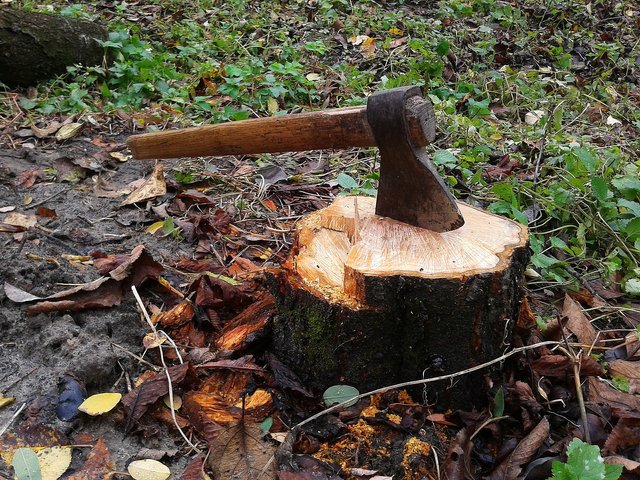
Eine Handaxt ist ein Werkzeug, das seit Jahrtausenden zum Formen, Trennen und Durchstoßen von Hölzern, zum Ernten von Hölzern, als Instrument und als rituelles Zeichen verwendet wird. Die Handaxt hat unzählige Formen und spezifische Verwendungen, besteht jedoch normalerweise aus einem Handaxtkopf mit einem Handgriff oder einem Helve.
Mit Hilfe des gebogenen Handgriffs wird jedoch jeder Grad des Drehens von der Hand des Häckslers verwaltet, die die untere Biegung am Griff hält. Aus diesem Grund verläuft die ursprüngliche Mittellinie des Mittelschafts überhaupt nicht entlang des Kopfes des Handaxts, da die Zehn-Grad-Kurve des unteren Schafts in diesem Aspekt nicht ausgerichtet ist.
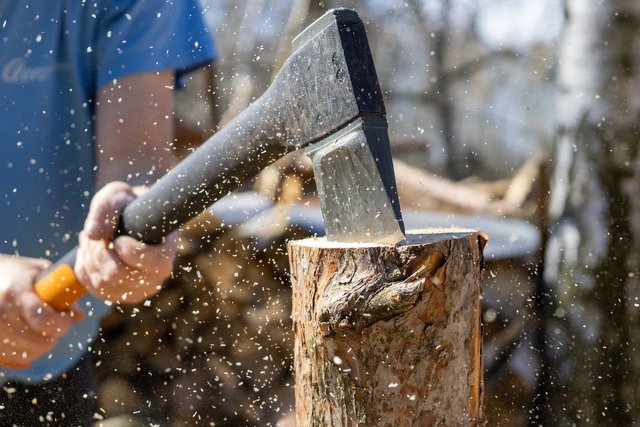
Das Faustkeil ist ein prähistorisches und allgegenwärtiges Instrument, das seit Jahrtausenden zum Formen, Teilen und Durchtrennen von Hölzern, Erntehölzern, als Werkzeug und als rituelles oder blazonistisches Zeichen verwendet wurde. Die Handaxt hat zahlreiche Formen und spezifische Verwendungen, besteht jedoch normalerweise aus einem Handaxtkopf mit einem Griff oder einem Handgriff.
Das typische Holz, das zur Herstellung von Handaxt-Handgriffen verwendet wird, ist Yankee-Akazie-Hickory. Akazienhickory wurde wegen seiner Mischung aus Robustheit und Beweglichkeit verwendet. Seine Zähigkeit ermöglicht es dem Holz, ein riesiges Gitter zu erhalten, ohne zu brechen oder zu spalten.
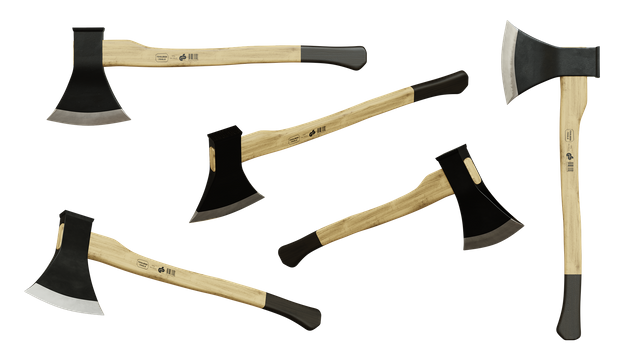
Der Tomahawk war möglicherweise die berühmte Waffe der Altsteinzeit. Tomahawk (Axt) wurde am besten für Piercing- und Jagdgründe verwendet. Ausschließlich der prähistorische Tomahawk des Chalkolithikums geht den meisten voraus, mit Ausnahme aller anderen Geräte. Um diesen Tomahawk eine scharfe Kante zu verleihen, wurden harte Steine abgeblättert, um sie abzusplittern.